It’s been a sunny week here on the farm. The last of the fields are drying, enough for the lime to be spread, in fact, and hopefully seeding will be done in the next week.
We’ve tilled our “lawn” to make room for a vegetable garden. We may have bitten off a bit more than we can chew here, but we’re hoping to grow the bulk of what we’ll be eating (including our popcorn and pumpkin seeds), so it may not be far off.

We’ve also been looking into more ways of using all of the delicious milk our Jersey is producing. Here is the first of our fresh cheese endeavours : making paneer.

The result was a pretty perfect addition to our curry. Fresh cheeses are great but they don’t have much of a shelf life so we’re looking into ordering the necessary supplies to start making hard cheeses. I’ve been reading “Keeping a Family Cow” which explains that, given the natural tendency of all dairy species to bear their young in the spring, there is plenty of milk available then but that “cultured dairy products are essential for the preservation of milk. Yogurt and allied products serve to preserve milk for a few days. Hard cheeses, with its wonderful keeping qualities, has been the natural answer to milk preservation nearly everywhere”. So hard cheeses we shall make.
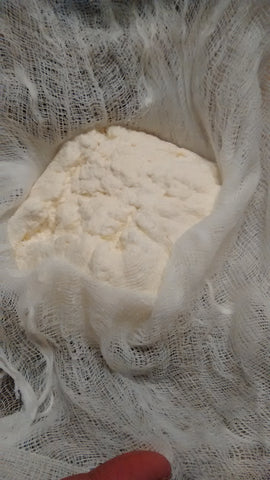
In other dairy news, we have finally named our Jersey. We’ve called her Ursula Franklin after this great pacifist.
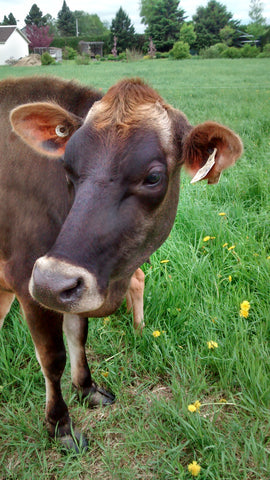
Paul has also been keeping an eye on all the fields, to get the lime spread and the seed sown as early as possible. We took a family trip to see the fields on the other side of our Rang and compared to the lush pastures near our home, they were a sight for sore eyes. Bare tilled earth, left without a cover crop in the fall, now drying and cracking in the sun, the soil’s nutrients being eroded with the rain and snow melt — the ditches are full of valuable topsoil. One of the learnings that stuck with me from the Holistic Resource Management course we took a few years ago was about the importance of cover crops, that is, of sowing green organisms to use the sun and the rain to do what it does best in order to foster healthy, resilient soils.
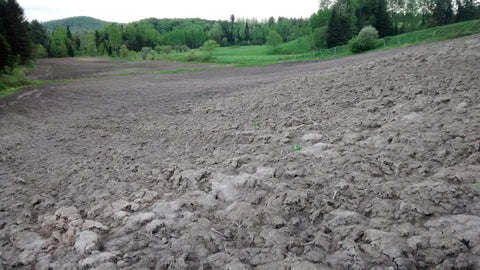
We’re both looking forward to seeing these fields come alive later in the season.

And the fencing continues.
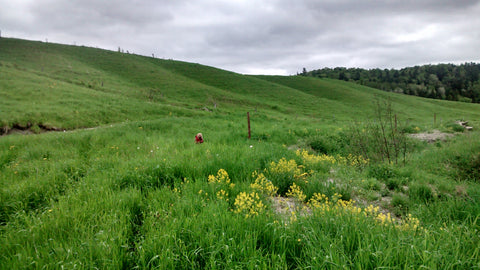
Screwing in insulators in the posts — which hold the electrical wires in place and prevent the electric current from going down in the ground — is a task that is easily done with a child in tow, so we’ve been taking in the fresh air and scenery that way.
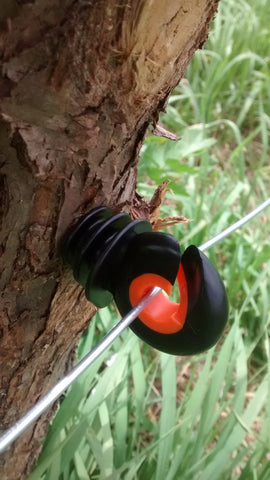
The yearlings — the part of the herd that will be turned to meat for the 2014-2015 CSA shares — are arriving on Monday, which means that the priorities for the next few days will be, again, fencing, and getting the pasture seeding underway. Sowing the vegetable garden is also at the top of the list.
We’re also super excited to announce that our dear friend Danny Howard will be joining us on the farm this summer. Like Paul, Danny grew up on a farm in Alberta and has a background in engineering. He brings hands on know-how, knowledge, gumption and good spirits to the team. Glad you can make it, Danny, we’re looking forward to having you back.
